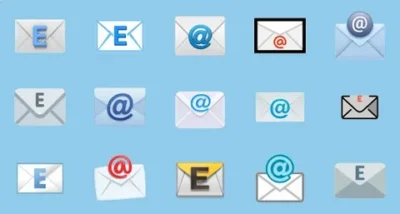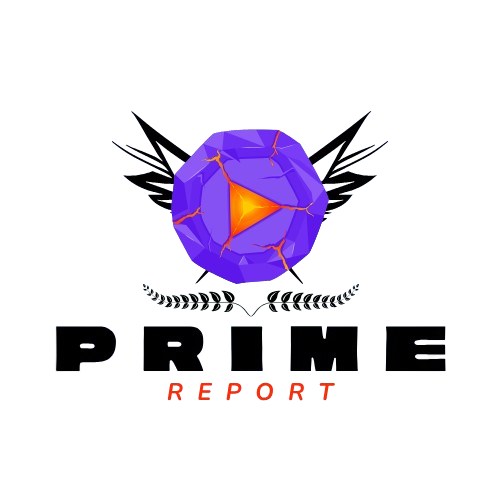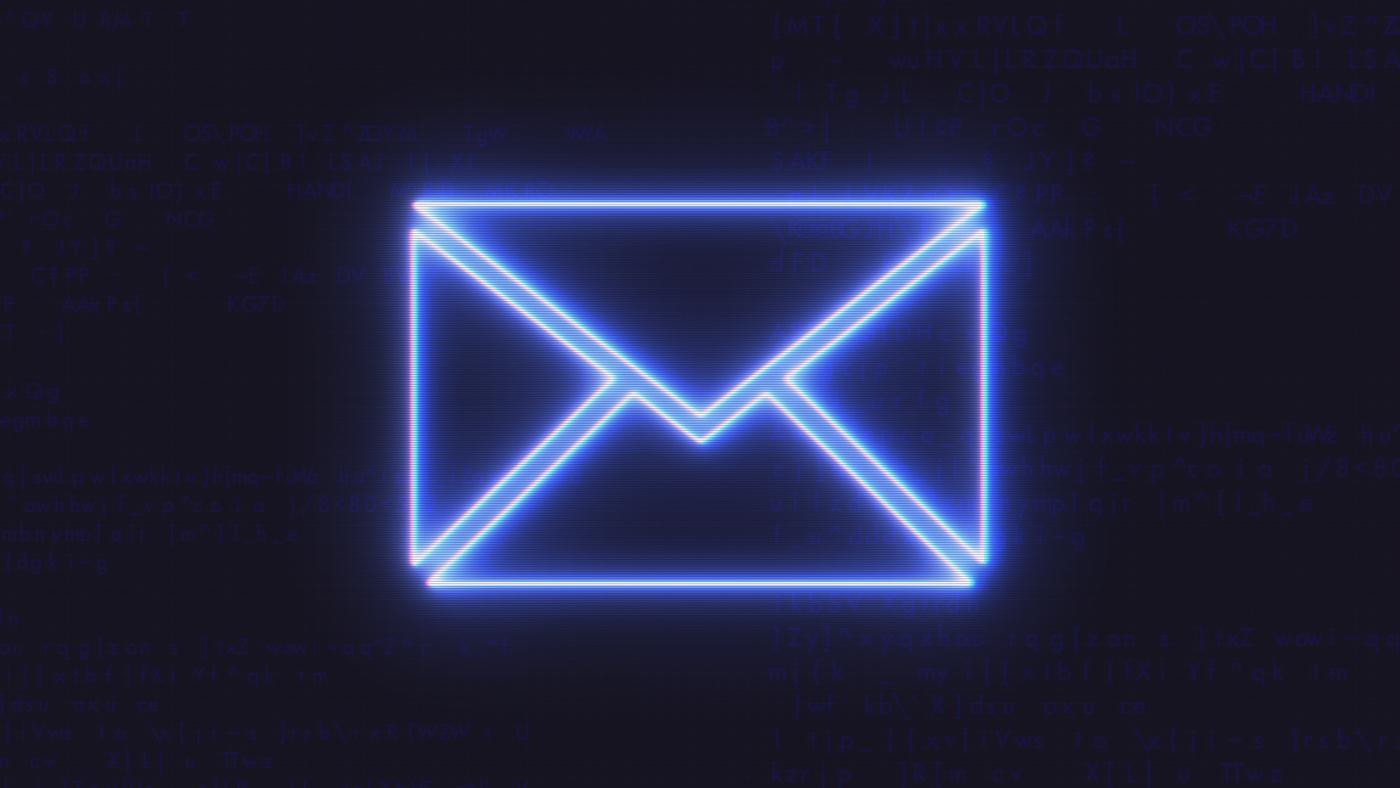In the ever-evolving digital world, icons have become the building blocks of user experience. From apps to websites and digital dashboards, icons are
In the ever-evolving digital world, icons have become the building blocks of user experience. From apps to websites and digital dashboards, icons are integral to guiding users and creating intuitive interfaces. One specific category that has captured the attention of designers, users, and branding professionals alike is the mail aesthetic icon.
At its core, a mail icon represents communication. But when you add the word “aesthetic,” it goes beyond just utility—it becomes a visual language that speaks to style, branding, and emotional connection. This article explores the world of mail aesthetic icons, their significance, design trends, and why they matter in modern UI/UX and digital branding.
Understanding the Mail Icon: A Classic Symbol
The mail icon has been around since the early days of computing. Traditionally shaped like an envelope, it is universally recognized and requires no explanation. It often represents email, inboxes, messages, or communication portals.
The envelope symbolizes information exchange—once done physically through letters, now done digitally via emails and messaging apps. This powerful metaphor translates across languages and cultures, which is why it’s still widely used today.
But why add aesthetics to something so standard? That’s where modern design needs and user expectations come in.
What Makes an Icon “Aesthetic”?
The term aesthetic refers to a sense of beauty or pleasing appearance. When applied to icons, it implies that the design isn’t just functional—it is also visually appealing, stylish, and aligned with a particular theme or tone.
Aesthetic icons often reflect certain design principles, such as:
- Minimalism: Clean lines, simple shapes, and uncluttered visuals.
- Consistency: Matching styles within a set—same color palettes, stroke thickness, or corner radius.
- Emotion: Evoking a feeling—such as calmness, fun, nostalgia, or elegance.
- Trendy Elements: Using pastel tones, gradients, flat or skeuomorphic styles depending on what’s in vogue.
A mail aesthetic icon is therefore a reimagined envelope (or message) symbol that retains its core functionality but adds personality and design flair.
Why Mail Aesthetic Icons Matter
- First Impressions Count
In an age where users decide whether to stay on a website or app in seconds, visual design plays a huge role. A beautiful, cohesive icon set, including the mail icon, can elevate the perceived quality of an app or site. - Brand Identity
Whether a brand is minimalist, playful, retro, or luxurious, every design element should reflect that identity. A mail icon designed in the right aesthetic strengthens brand consistency. - Emotional Engagement
Icons that are thoughtfully designed can make interfaces feel warmer and more human. A pastel-colored mail icon might feel more inviting on a mental health app, for example, compared to a sharp-edged default icon. - UI/UX Consistency
Icons are essential tools in user interfaces. A mismatched mail icon can break the flow of a sleek design. On the other hand, an aesthetic mail icon in harmony with other visuals enhances user experience. - Versatility Across Platforms
Aesthetic icons work well across mobile, desktop, and web interfaces. Whether it’s for notification systems, contact forms, newsletters, or customer service portals, a well-designed mail icon blends in seamlessly.

Popular Mail Aesthetic Icon Styles
1. Flat Design
Flat mail icons use simple, 2D shapes with bold colors and no shadows or gradients. They look clean and modern, fitting well in mobile apps and minimalist web designs.
2. Pastel and Soft Icons
These icons use muted, pastel colors and often feature rounded shapes, making them perfect for wellness apps, lifestyle blogs, and creative portfolios.
3. Outlined Icons
Also known as stroke icons, these use just the outlines of the envelope. They’re great for subtle use in sophisticated interfaces.
4. 3D and Skeuomorphic Icons
Though less common today, skeuomorphic icons that mimic real-world textures and shadows still find a place in retro or stylized applications.
5. Animated Icons
Some websites or email subscription forms use animated mail icons—like an envelope opening when hovered over—to add a sense of interactivity.
Use Cases for Mail Aesthetic Icons
1. Email Subscription Pop-Ups
Aesthetic icons add charm to the usual “Subscribe to our newsletter” forms, increasing the chance of user engagement.
2. Contact Us Pages
Rather than generic icons, a well-designed mail icon adds friendliness and approachability to contact pages.
3. Notification and Alerts
In social platforms or collaborative apps, mail icons can signify unread messages, alerts, or communication threads.
4. Mobile Apps
Messaging or customer service apps often rely on mail icons to represent inboxes, chat requests, or archived messages.
5. Social Media and Digital Profiles
Designers include stylish mail icons in Instagram highlights, personal portfolios, or digital resumes to represent contact options.
Tips for Choosing or Creating Mail Aesthetic Icons
- Match Your Brand
Use color schemes and icon styles that reflect your brand personality. A tech startup might go for monochrome minimalism, while a boutique might prefer hand-drawn or textured icons. - Keep it Recognizable
No matter how artistic, the icon should still resemble a mail symbol enough to be understood immediately. - Consider Size and Resolution
Icons should look good both as 16×16 favicon versions and as larger clickable buttons. - Test Across Devices
Make sure the icon maintains its charm and clarity across mobile, tablet, and desktop. - Stay Consistent
All icons in a UI should have the same visual style. A lone decorative mail icon among default icons will look out of place.
The Rise of Icon Packs and Custom Design
Designers today often turn to icon packs—pre-made collections of aesthetic icons—available on marketplaces or design platforms. These packs typically come in themed sets (e.g., soft minimal, retro pixel, futuristic neon), offering consistency across UI elements.
For businesses seeking uniqueness, commissioning custom icons is a growing trend. A custom mail aesthetic icon designed by a professional can become part of a brand’s visual identity, used across apps, email signatures, and presentations.
Mail Aesthetic Icons in Culture and Art
Beyond functionality, mail icons have found their way into visual culture and art. Digital creators use aesthetic icons in illustrations, wallpapers, desktop widgets, and even as elements in fashion branding.
This cultural embrace highlights the icon’s evolution from a purely functional graphic to a form of artistic expression. Like emojis or stickers, aesthetic icons now carry emotional and stylistic value.
Future of Aesthetic Icons in UI/UX
As design trends evolve, so will the mail aesthetic icon. Here are a few directions we may see:
- Dynamic Icons: Icons that change based on user interaction or state (e.g., envelope opens when clicked).
- AI-generated Icons: As AI design tools grow, users can create aesthetic icons tailored to their specific needs in seconds.
- AR/VR UI Icons: In virtual spaces, aesthetic mail icons might take on new 3D forms with motion and spatial interaction.
Despite these advancements, the heart of the icon remains the same: a universally understood symbol of communication.
FAQs About Mail Aesthetic Icons
1. What is a mail aesthetic icon?
A mail aesthetic icon is a visually stylized version of the classic mail or envelope symbol, designed to be both functional and visually pleasing. It’s commonly used in UI design, websites, and apps.
2. Where can I use mail aesthetic icons?
You can use them on websites, mobile apps, email subscription forms, contact pages, and even in digital art or social media profiles.
3. Can I create my own mail aesthetic icon?
Yes, if you have basic design skills, tools like Adobe Illustrator, Figma, or Canva can help you create custom icons. There are also AI tools and icon generators available online.
4. What file format should I use for icons?
Common formats include SVG (for scalable, web-friendly use), PNG (for raster graphics), and ICO (for favicons). SVG is usually preferred for web and app interfaces due to scalability.
5. Are there copyright issues with using aesthetic icons?
Yes, if you’re using icons from a third-party designer or platform, ensure they are royalty-free or properly licensed. Always read usage terms before integrating icons into commercial projects.
6. Do aesthetic icons affect website performance?
When optimized correctly, no. Use vector formats like SVG to keep files lightweight. Avoid using overly large image files that can slow down your page.
7. Can I animate mail aesthetic icons?
Absolutely. Using CSS, SVG animations, or Lottie files, you can add hover effects, movement, or transitions to your mail icons to create interactivity.
Conclusion
The mail aesthetic icon is more than just a design detail—it’s a bridge between form and function, art and communication. In a world where visuals dominate digital experiences, investing in thoughtful icon design can elevate brand appeal, user trust, and interface engagement.
Whether you’re designing a sleek mobile app or a cozy lifestyle blog, the right mail aesthetic icon can quietly but powerfully enhance the overall look and feel. After all, it’s not just about sending a message—it’s about how that message is received visually.
More Info: primereport




COMMENTS